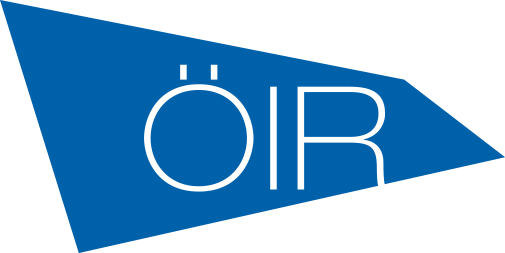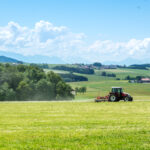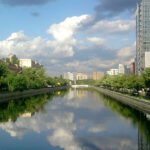The urban metabolism concept investigates the biophysical interaction between a society and its environment. It does this by accounting for resource use (energy, materials, land, etc.) and its outputs to the environment and linking these with social, economic and technical parameters. The concept of urban metabolism is being used in the project SUME in a spatially explicit way, demonstrating how the urban form impacts resource flows and by analysing the spatial distribution of population, jobs, transport systems and urban building technologies. Two different storylines are at the core of two urban development scenarios developed for seven cities: the BASE scenario, interpreted as a continuation of urban development policies supporting past spatial development trends; and the SUME scenario, defined as a means for sustainable spatial development. The “space for action”, as referred to in this project, is the choice between these two scenarios which illustrate the potential for a reduction in the future demand of energy, materials and land.
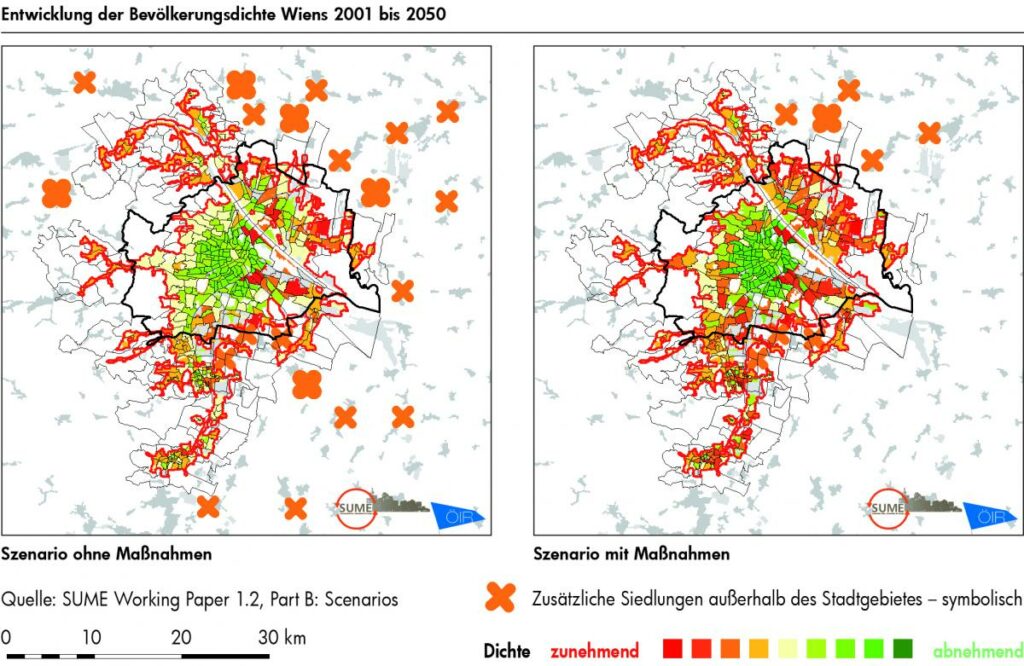
ÖIR is lead partner of an international consortium.
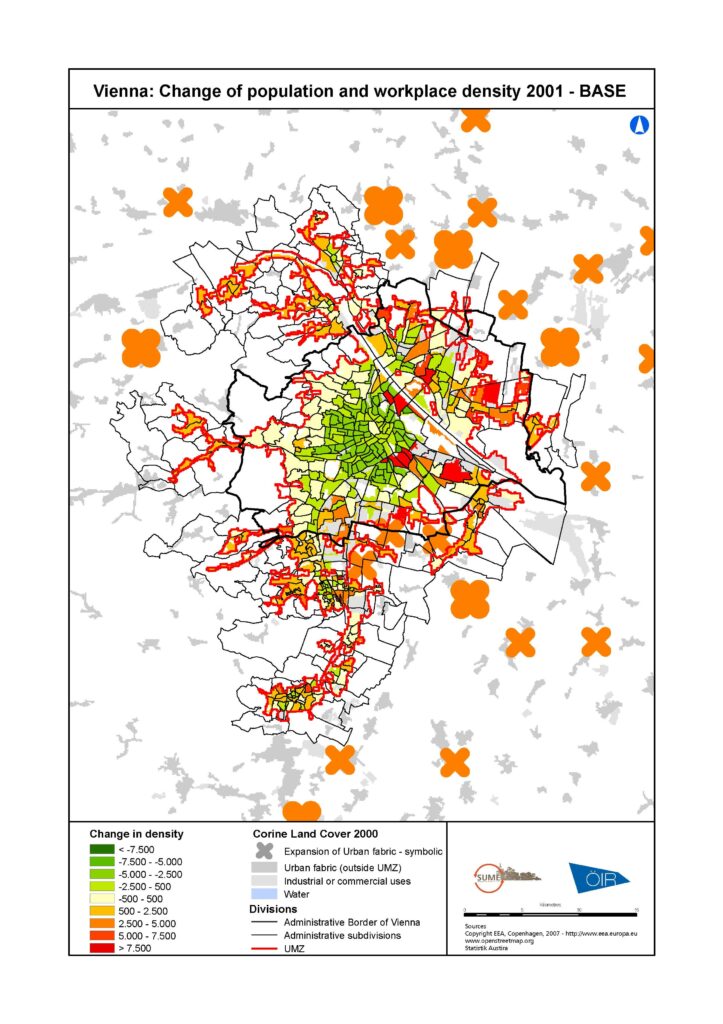
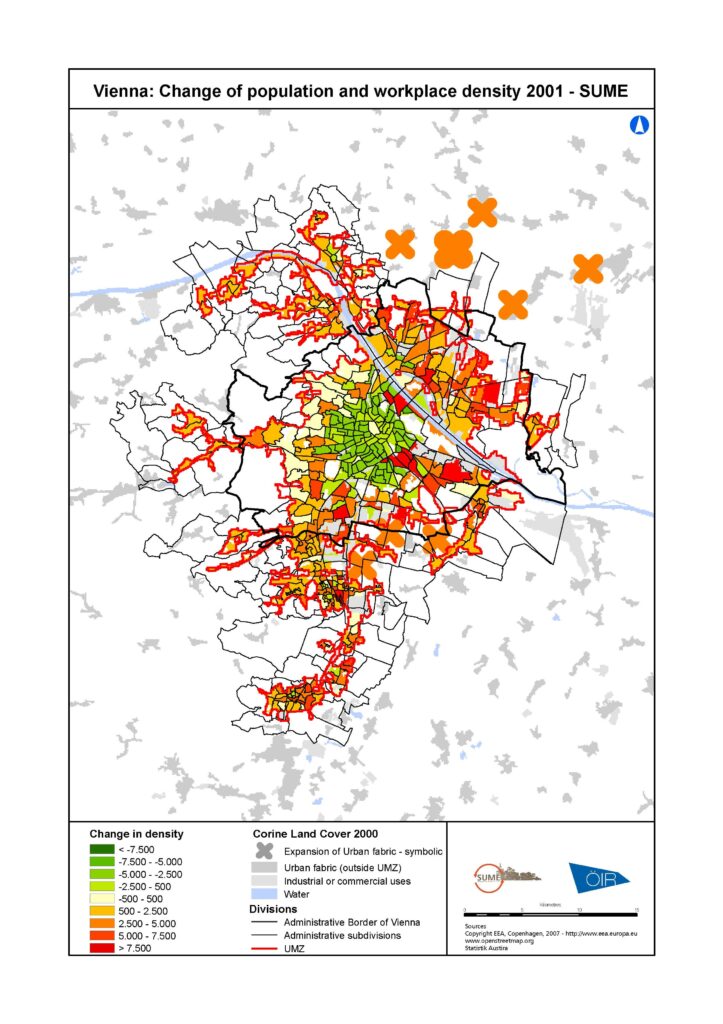
- CITTA conference Porto, Portugal
Second Annual Conference, on the theme Planning in Times of Uncertainty
of the Research Centre for Territory, Transport and Environment
www.citta.fe.up.pt
[download the SUME presentation] - Urban Research Symposium, Marseille, France
www.urs2009.net
link to all URS 2009 papers
[download the SUME paper] - Horizon 2020 Programm der Europäischen Kommission
Artikel “Helping Europe’s cities save resources through better urban planning“
